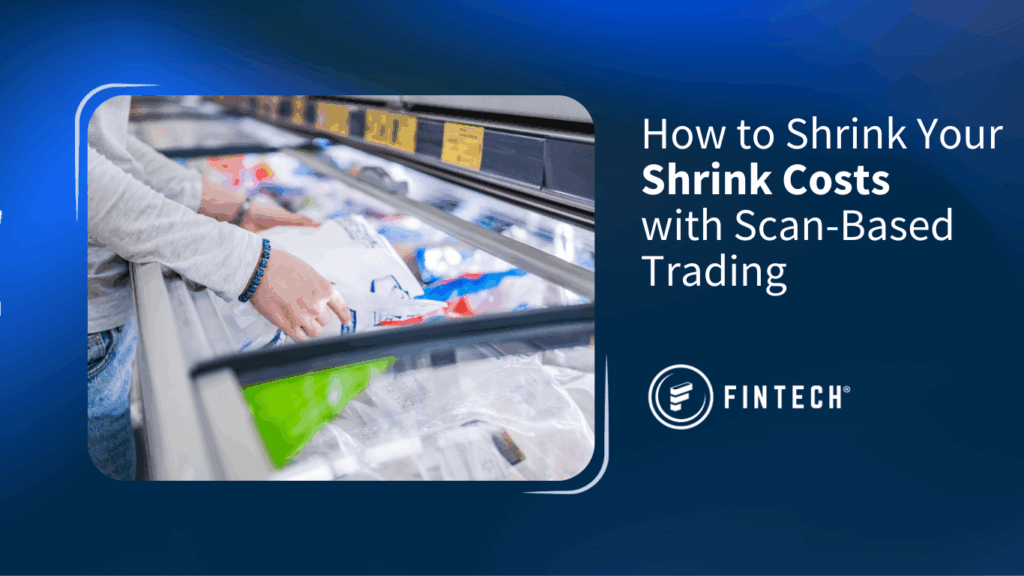There are many selling models for running a successful retail business. These selling models cater to different-sized businesses with all kinds of goods and services. Regardless of business size, two mainstays in the retail industry—inventory management and operating capital—must be optimized to be successful and stay that way.
One approach to address these key metrics in mid-to-large businesses is scan-based trading (SBT), a form of consignment selling that benefits both retailers selling the products and the vendors that supply them. This model helps both parties better manage inventory and frees up capital to invest in other areas.
This blog will introduce SBT and examine the history of consignment selling.
What is Consignment?
When hearing the term ‘consignment,’ the first thought may go to secondhand or thrift stores, but in truth, the consignment selling model has been around for a long time.
Investopedia defines consignment as “an arrangement in which goods are left in the possession of an authorized third party to sell.” In this relationship, The Retailer does not take ownership of the inventory. Retailers selling these consigned items receive a percentage of the revenue from the sale.
While the secondhand stores that come to mind when hearing the term are perfect examples of consignment selling, the model can also be applied to larger retail operations where suppliers use these stores to sell their products directly to consumers.
History of Consignment Selling
The origins of consignment can be traced back to those secondhand clothing stores mentioned earlier. In the wake of the Industrial Revolution, there was a surplus of clothing, leaving entrepreneurs with a business model of selling secondhand clothing at a reduced price. As time passed, the consignment model grew its legs and became applicable to other product types.
For example, in the 1990s, greeting cards were a complicated and challenging category to manage, and some retailers decided to adopt a ‘pay-from-scan’ model to ease the inventory costs associated with stocking large quantities. Think about it – after Valentine’s Day, tons of unsold inventory would become useless overnight and take up valuable shelf space. That’s when the sales of 50-90% off Valentine’s Day cards popped up just to get rid of the unsold inventory at a loss for the retailer. Meanwhile, the supplier already received an upfront payment.
Retailers pushed for this pay-from-scan model to remove the financial burden of dealing with unsold inventory, which influenced suppliers to provide only inventory that would actually sell. At this time, the retailer would send the supplier a sales file with the number and types of cards sold and then follow up with payment for the cost of the sold items.
This model was later applied to newspapers, magazines, and other periodicals. The publications category had a very fragmented distribution model, lower margins, burdensome billing and a very short shelf-life, so consignment selling worked perfectly to determine the optimum amount of inventory to remain profitable.
Consignment Evolves Over the Years
Retailers’ internal systems have had different names over the years, including pay-from-scan, pay-by-scan, pay-per-scan, and SBT, but they are all modeled on a consignment arrangement.
In the mid-2000s, third-party-managed SBT took hold. This started with convenience stores and grew to include grocery stores and larger retail businesses. It eventually spread to perishable goods like bread and ice cream, as well as non-perishable goods like propane, which helped retailers and suppliers stock the right amount of products at each location while reducing shrinkage.
The term ‘scan-based trading’ took hold and is used by most brick-and-mortar retailers in today’s retail landscape to describe consignment selling. It has grown with technology to automate multiple inventory management processes, allowing businesses to save money on labor costs and increase operational efficiency.
Marketplace Selling Compared to the SBT Model
E-commerce businesses often operate on a similar platform, but that direct gateway between consumers and sellers opens a new door. These online storefronts may not call it SBT, but like consignment selling, they often don’t always own the inventory they sell. Instead, they act as advertisers for hosting on an online marketplace and even handle sorting, packing, shipping, and merchant billing – each of which incorporates an additional fee.
Another avenue on the e-commerce side is a third-party selling model in which a third party ships products from its own warehouse. In this model, ownership of products never transfers to the retailer and the supplier’s maintain ownership of the product until it reaches the consumer.
In SBT, ownership transfers from the supplier (consignor) to the retailer (consignee) at the moment of scan, meaning the retailer owns the item for a brief period until they are paid. This is an important distinction between SBT and third-party selling, which involves the supplier handing over inventory to a third party without ownership.
Supplier and Retailer Alignment with Consignment Selling Models
So, how has consignment selling been so effective? Because it aligns suppliers and retailers. In the past, suppliers would invoice for shipments of product in full and then the retailer would own the inventory carrying costs and potentially sell at a loss.
With consignment selling, retailers are incentivized to sell new products without investing heavily from the beginning, and suppliers are incentivized to stock stores with the right types and quantities of products to grow sales.
There are more automation tools that add value to SBT, specifically, but that’s for another blog. Contact Fintech to learn more about our SBT model and how consignment selling can be applied to your business.






